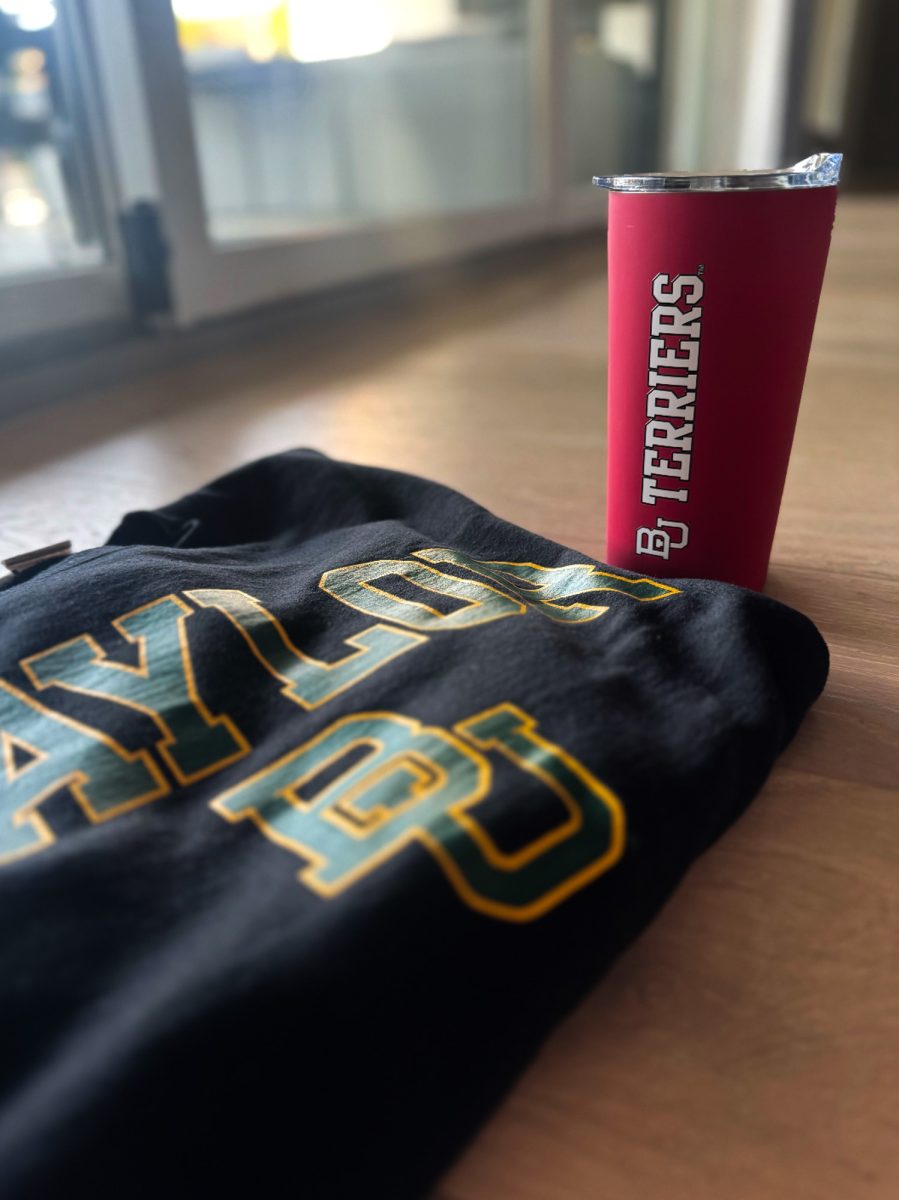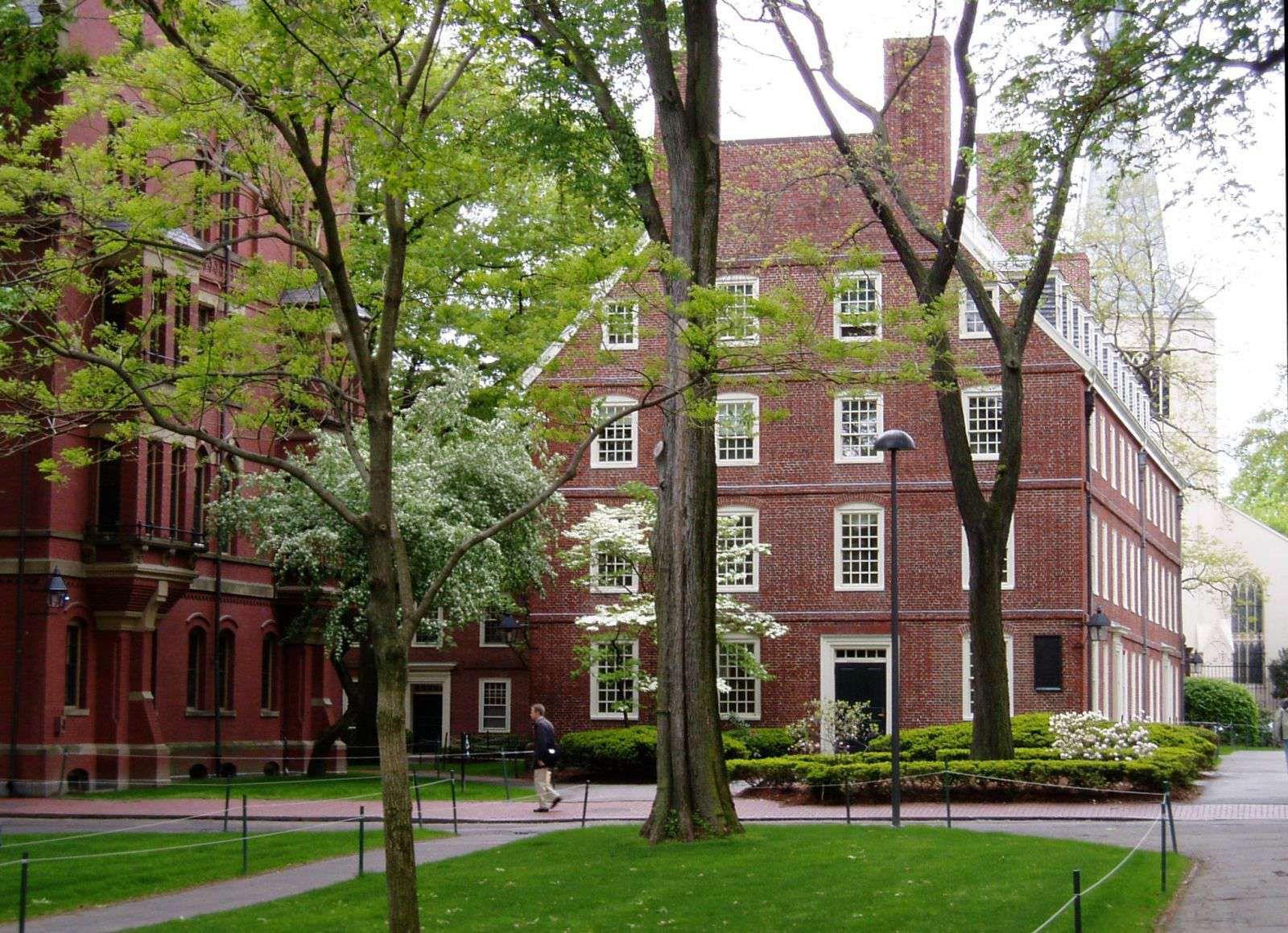When applying to colleges, students are told to maintain a high GPA, earn good standardized test scores and pack their applications with standout extracurricular activities. While these aspects of their application are within their control, one determining factor of their attractiveness as an applicant is not: their race. And according to a Monday lawsuit, that little factor can make all the difference.
The Project on Fair Representation, a legal defense fund based in Washington, D.C., filed a federal lawsuit against Harvard University and University of North Carolina at Chapel Hill for discriminating against high-achieving Asian American students through their affirmative actions policies, favoring White, Latino American and African American applicants instead.
The lawsuit against Harvard went into particular detail, claiming that the Ivy League institution specifically limits the number of Asian Americans admitted each year and admits legacies at a five times greater acceptance rate than all other applicants. The lawsuit states that Harvard admits 30 percent of the legacies who apply to the university each year.
“Allowing this issue to be litigated in case after case will only perpetuate the hostilities that proper consideration of race is designed to avoid,” the lawsuit states. “Racial preferences are a dangerous tool and may only be used as a last resort. There is now overwhelming evidence that race-neutral alternatives render reliance on racial preferences unnecessary.”
The idea of affirmative action is certainly an important one. Back when the United States had incredible difficulty integrating ethnic minorities into educational institutions (think Brown v. Board of Education), affirmative action was crafted in order to ensure that schools and places of employment had to accept a more diverse ethnic makeup.
Affirmative action also allows the chance for minority students from underprivileged backgrounds to attend a broader range of colleges without their races or financial backgrounds working against them. It also allows for a more diverse college campus. No one would benefit from attending a college chock full of students with the same racial backgrounds. Having a more diverse campus is beneficial to every student, not just those benefitting directly from affirmative action.
“If the University of Michigan or California decides that there is a value in making sure that folks with different experiences in a classroom will enhance the educational experience of the students, and they do it in a careful way, the universities should be allowed to consider race and ethnicity,” said U.S. President Barack Obama in an October interview with The New Yorker.
Yet, there is a dark side to affirmative action, hence this lawsuit. Smart, hardworking students may have less of a chance to be admitted to schools they are qualified for simply because of their race. Sure, certain cultures value education more than others, while some cultures suffer from centuries of discrimination and setbacks, but it is understandable that certain races feel they are at a disadvantage in receiving the acceptance letters they’ve worked their entire educations for.
Currently, eight states have bans on affirmative action. Most recently, in April, the U.S. Supreme Court ruled in favor of Michigan’s amendment to its constitution that no preferential treatment could be given to anyone based on race, gender, ethnicity or national origin. While many argue that the bans disadvantage minorities, others counter that racial blindness in the academic system will result in a racially blind country.
Boston University, while having an exceptional proportion of international students, is not as exemplary in the variety of its racial makeup. According to BU’s own statistics, the student body is made up of 42.9 percent Whites, 14.5 percent Asian Americans, 9.8 percent Latino Americans, 5.1 percent African Americans, 6 percent Other, 0.7 percent Native American and Alaskan native and 0.4 percent Pacific Islander. With the proportion of white students outnumbering those of all other ethnicities of American students combined, it’s safe to assume BU’s campus is pretty pasty.
But BU has one more category in its student body makeup: International, which approximates for 20.6 percent of its population. But “international” is an incredibly broad term that encompasses the entirety of the globe, save for the United States. How many of these international students are actually Asian or White? Clearly, BU is conveniently organizing its demographic composition to shrink the percentage of white and Asian students who also happen to be international by categorizing the racial demographics of only American students.
It’s unfortunate that racial discrimination is still a pressing issue in 2014, but because the problem exists, it deserves addressing. Affirmative action may not be the best way to strive for diversity on college campuses, but until there is a better way, it must suffice.























































































































Roger Clegg, Ctr for Equal Opportunity • Nov 18, 2014 at 9:18 am
The concluding paragraph of the editorial says that racial preferences must be used because of their remedial value, but the Supreme Court has rejected this justification. And rightly so, since race is a poor proxy for social disadvantage in 2014, and most (86 percent) African Americans admitted to selective schools as a result of affirmative action are not poor. The “diversity” argument is unpersuasive, too, and the editorial doesn’t seem to take it seriously, since it dismisses any “diversity” value in foreign students unless they are the right skin color.
But even if you think there might be some benefit to racial preferences, it is minor, disputed, and marginal, compared to the heavy, undeniable, and numerous costs of such discrimination: It is personally unfair, passes over better qualified students, and sets a disturbing legal, political, and moral precedent in allowing racial discrimination; it creates resentment; it stigmatizes the so-called beneficiaries in the eyes of their classmates, teachers, and themselves, as well as future employers, clients, and patients; it mismatches African Americans and Latinos with institutions, setting them up for failure; it fosters a victim mindset, removes the incentive for academic excellence, and encourages separatism; it compromises the academic mission of the university and lowers the overall academic quality of the student body; it creates pressure to discriminate in grading and graduation; it breeds hypocrisy within the school and encourages a scofflaw attitude among college officials; it papers over the real social problem of why so many African Americans and Latinos are academically uncompetitive; and it gets states and schools involved in unsavory activities like deciding which racial and ethnic minorities will be favored and which ones not, and how much blood is needed to establish group membership – an untenable legal regime as America becomes an increasingly multiracial, multiethnic society and as individual Americans are themselves more and more likely to be multiracial and multiethnic (starting with our president).